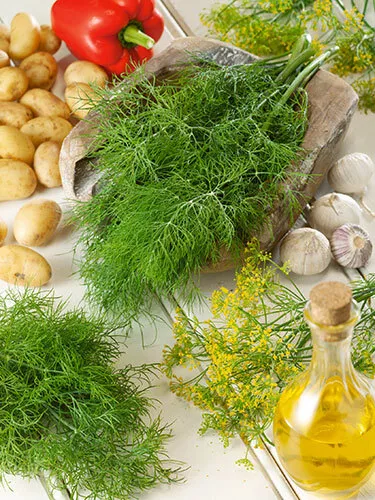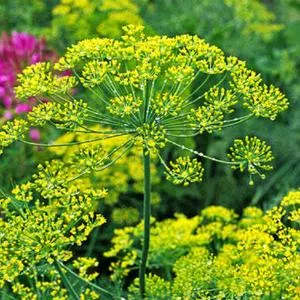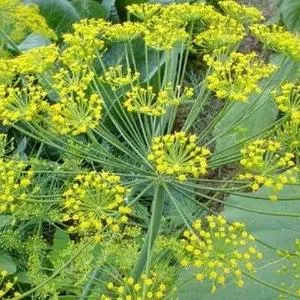Mammoth Dill
Price: $3.41
SKU: 4000141Typically used as a culinary herb. Fine, tender parts are finely chopped and added to sauces. Also used fresh in pickling. Seeds and leaves are also used dried as a seasoning.
Germination – 7 to 10 days
Planting Depth – ¼ inch
Seed Spacing – 1 inch
Spacing after Thinning – 8 inches
Days to Harvest – 65 to 70 days
Sow in average soil after all danger of frost has passed. Its seeds and leaves are also used fresh or dried as a culinary herb. Fine, tender parts are finely chopped and added to sauces and used in pickling. While the flowering heads are still green, pull up the plants, roots and all, and either use fresh or hang upside down in a dark and dry location until completely dry.
Dill is a hardy annual native to the Mediterranean. The common name Dill comes from the old Norse word, dilla (to lull) and alludes to its historical medicinally properties as a carminative.
Customer Reviews:
By rosemary kelley on January 3, 2014
I planted these seeds in several locations at different times through the 2013 growing season. This plant makes a beautiful seed head which I used for canning all season long. The plant smells divine and did well in my containers as well. I collected the seed heads end of season and will grow more this year.




